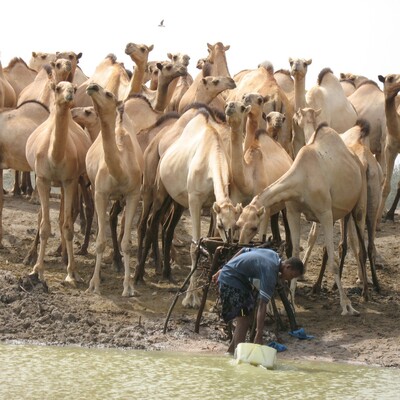
Distinct CD4 + T cell helper requirements in Theileria parva-immune and -naive bovine CTL precursors
Abstract
There is strong evidence that class I MHC-restricted parasite-specific CD8+ CTL protect cattle against the protozoan parasite Theileria parva. As part of an effort to develop a subunit vaccine for the induction of these responses, we have investigated the factors involved in the generation of T. parva-specific CTL in cattle. Purified populations of bovine immune and naive CD8+ T cells were cocultured with autologous T. parva-infected lymphoblasts (TpL) in the presence or absence of immune CD4+ T cells or cytokine preparations. Neither population developed CTL activity when cultured with TpL alone, whereas incorporation of immune CD4+ T cells in the cultures supported the generation of parasite-specific CTL from both immune and naive CD8+ precursors. The helper function of parasite-specific CD4+ T cells for immune, but not naive, CTL precursors could be replaced by CD4+ T cells responding to an unrelated Ag or by the addition of T cell growth factors or recombinant bovine IL-2. In experiments with two-chamber culture plates, in which cocultures of CD4+ and CD8+ T cells with TpL were separated by a semipermeable membrane, CTL activity was observed to develop only in immune precursor populations. Hence, although bovine T. parva-specific CD8+ memory T cells need no helper signals other than IL-2 for activation, their naive counterparts require close contact with responding parasite-specific CD4+T cells. This may reflect essential receptor-ligand interactions, or alternatively, a requirement for more stringent microenvironmental cytokine conditions.
Citation
Journal of Immunology;159: 4539-4545










